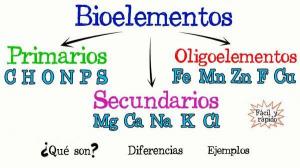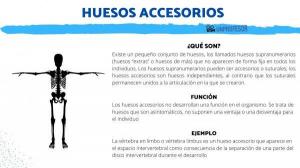All PARTS of the spinal column
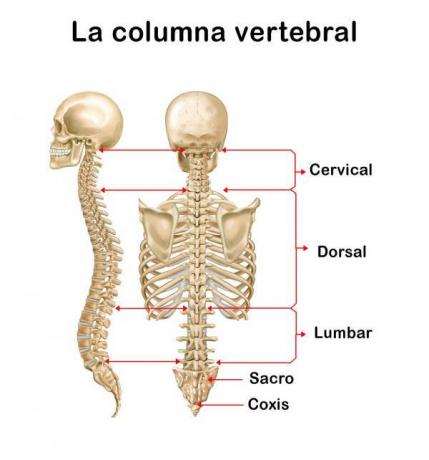
Image: Paxala
The spine is one of the fundamental parts of the osseous system human. The vertebral column or spine is, literally, the central axis of our body. The spinal column runs throughout our body and is not just a structure that supports our body, and we allows us to stand upright: it is also a structure for anchoring organs, for protection, for movement, aiding locomotion, etc.
Therefore, it is not surprising that within the spinal column we can distinguish different areas, specialized and adapted according to their role to be performed. In this lesson from a TEACHER we will review the parts of the spine, with special emphasis on the function that each one of them performs.
Index
- What is the spine?
- The 5 parts of the spine
- The cervical region, the first part of the spine
- The dorsal or thoracic region
- Lumbar region
- The sacral region
- The coccygeal or coccygeal region
What is the spine?
The spinal column is a structure formed mainly by the vertebrae(bones) and
intervertebral discs (cartilage, which function as ligaments), which is why it is defined as an osteofibrocartilaginous structure. It is an articulated and resistant organ that runs from head to pelvis, so it occupies more than half of our body, in its posterior medial region.Vertebrae are different, depending on the part of the body where they are located, but most of them share a general scheme: vertebral body, vertebral arch, vertebral processes and foramen or foramen vertebral.
The 24 vertebrae that make up the three upper regions of the body are structures articulated, mobile and they have these structures. The remaining 9 vertebrae make up the sacral and coccygeal regions and, not only do they not have this structure, they also lack mobility since the vertebrae have fused to form a complete bone, without the ability to articulate and therefore move.
In this other lesson we will discover the spinal functions so that you better know this part of the body so important for vertebrate living beings.
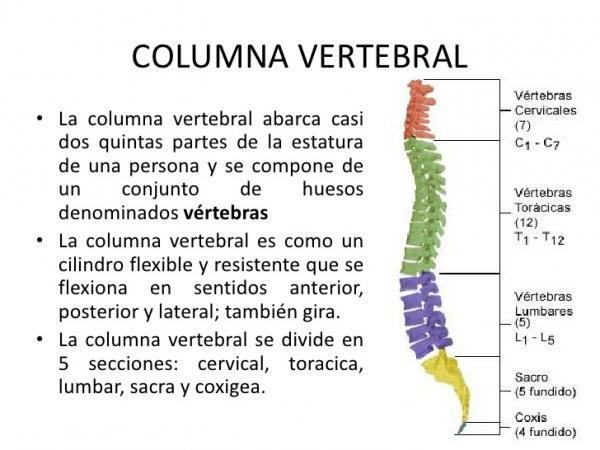
Image: Slideshare
The 5 parts of the spine.
The spinal column is made up of 33 articulated bone pieces each other, calls vertebrae, which are distributed in 5 regions depending on their function and, therefore, their structure. Some of them, such as the upper parts, can be easily differentiated when we observe a person on the side, while others such as the coccygeal or sacral region are more difficult to differentiate.
If you want to know more about the parts of the spine, we encourage you to keep reading!
The cervical region, the first part of the spine.
The cervical region is the upper region of the spine, just below the skull. Its main function is, precisely, hold the skull and allow it to remain attached, hold it still allowing it to move slightly up and down and to the sides. This region is clearly characterized by two things: the appearance of a curvature, towards the inside of the body, called cervical lordosis and the existence of small and fairly mobile vertebrae.
The 7 vertebrae that make up the cervical region are called, from the base of the skull down the back, from C-1 to C-7, although two of them have their own names. The C1 vertebra is also called atlas, and its function is to support the skull and allow the head to move up and down; while C2 is called axis, and is projected into the hollow of the first, allowing the head to turn from side to side. These movements are possible thanks to the help of strong and powerful muscles that are anchored to these two vertebrae.
Here you will find a list with all neck bones and here the neck muscles.
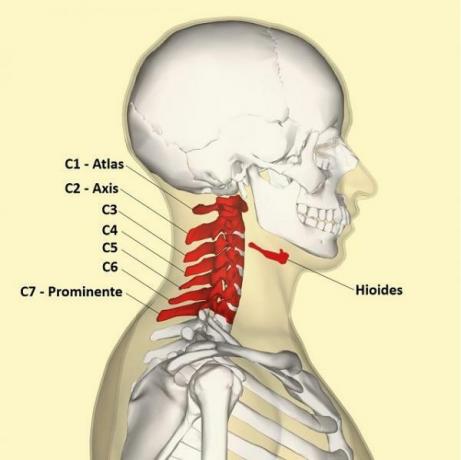
Image: practical knowledge
The dorsal or thoracic region.
Following the cervical region is the dorsal region. This region occupies the part of the thorax, more or less, which is why some authors also call it the thoracic region.
The dorsal region is made up of 12 vertebrae, thicker and less mobile than those of the cervical region. They are named as D1-D12 or T1-T12. It differs from the rest of the vertebrae in that they have structures called costal facets on each side of the body, with which they articulate with the ribs (except D11 and D12). This area is, therefore, specialized in maintaining the axis of the body, protecting the upper regions of the trunk and, above all, in anchoring many bones, muscles and ligaments.
Unlike the cervical region, in which curvature was inward of the body, the dorsal region is shaped like a curve outward from the body (convex), called dorsal kyphosis.

Image: Slideshare
The lumbar region.
The lumbar region is the third of the parts of the spine and is made up of 5 vertebrae (L1-L5) that are arranged in the lower back, from under the last thoracic bone to the upper part of the sacrum.
Its main function is to bear most of the body weight and receive the impacts produced when walking and running, so the vertebrae are more massive of the spine. In addition, the lumbar region has thick intervertebral discs, which occupy a large part of the vertebral body, which gives mobility to the area.
As in the cervical area, it is a concave curvature (curved towards the inside of the body), called in this case lumbar lordosis.

Image: Slideshare
The sacral region.
The sacral region is one of the lower regions of the spine. This region is very particular since it is formed by 5 vertebrae (S1-S5), without articulation between them as they are fused and make up the bone sacrum. The pelvic girdle is held over the sacrum.
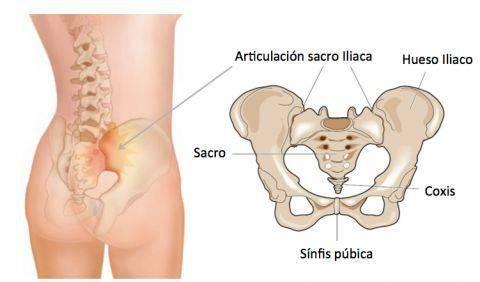
Image: Fisioterapiaonline
The coccygeal or coccygeal region.
The coccygeal or coccygeal region is made up of three or four vertebrae depending on the person (from Cx-1 to Cx-4), fused into a bone called the coccyx or coccyx. According to the most widely accepted evolutionary theories, the coccyx would be the reminiscent of the tail or tail corresponding to other animal species.
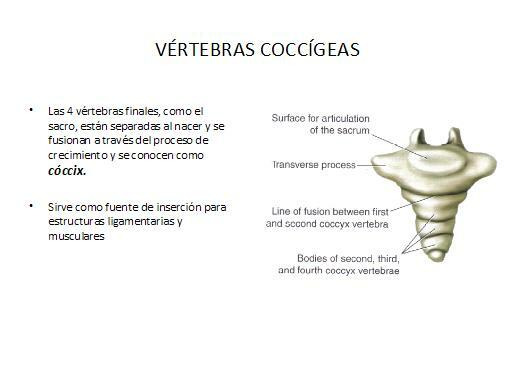
Image: Monogramas.com
If you want to read more articles similar to The parts of the spine, we recommend that you enter our category of biology.
Bibliography
- Miralles, R. C., & Puig, M. (1998). Vertebral column. Miralles RC. Clinical biomechanics of the locomotor system. Barcelona: Masson.
- Kapandji, I.A. (2007). Articular Physiology. Volume III. Barcelona: Pan-American.
- Hernández, A. (s.f) The vertebral column. Recovered from http://www.i-natacion.com/articulos/fisiologia/columna.html
- Vertebral Column (s.f) Function of the vertebral column. Recovered from https://columnavertebral.net/funcion-de-la-columna-vertebral/


